2020-11-23
Series "Central & South America"
Authors
Lorena Vicini
is currently Communication Manager at Instituto Inhotim (Brazil), PhD Candidate at Kunsthochschule Kassel (Germany) and researcher at the research platform documenta studies; Her main topics are decolonial institutional critic and decolonization of artistic and cultural institutions.
Mario Lopes
is from São Paulo, currently based in Helsinki and Munich. He is part of the artistic team of the veiculoSUR Itinerant International Residency. He is working as choreographer and articulator of pieces and performances staged at international biennales.
Cultural Management in Times of Crisis
Urgent times claiming for a Global Southerly way of operating

During the corona virus pandemic, the structures of the cultural sector we used to believe in seem to have fallen apart. So maybe it is time to take a deeper look at the more adaptable and flexible cultural management concepts from the Global South where institutions are more permeable to how they can serve their audiences, be flexible in terms of structures and accept that what really matters is always on the go.
Series "Central & South America"
In the current context, cultural institutions are, in some way that we still do not know how, called upon to reinvent themselves. What to do with the empty buildings? How, in the distance, to still keep close? What sense does the production of knowledge of a cultural institution make for an entrenched audience? What social function has an institution in the context of a specific concept of the world as we know it today? Cultural managers find themselves in a confusing situation: most of the time their actions are connected to concrete concepts just as ”audience,” "program,” "staff” or "collections”. Those days seem far behind.
Something was already not feeling right
On the other hand, there always seemed to be a "something didn´t feel right” (Sternfeld, 2019) kind of thought, even before the pandemic hatched, but which the current context makes more limpid than glass. And we have to admit that until now we as cultural practitioners - regardless if we are in the Southern or Northern Hemisphere - maybe always had this intuition, but kept distracting ourselves from this thought and looked the other way to not face the truth.
In the beginning of the 2000s, a new institutionalism came into the cultural sector with the intention to pursue a more meaningful position in society, and create "an active space” that was "part community center, part laboratory and part academy” (Möntmann, 2007). Concepts such as "participation” and "engagement” turned endemic and became key words within cultural institutions as an intrinsic part of the neoliberal agenda.
This attempt to make cultural institutions more permeable to their presence in the world was certainly important to enable a wider perspective, but it is no secret that it did not succeed: new institutional models have hardly been introduced, and working conditions and structures have become even more precarious. There still is a strong belief in the very concept of institutions with their fortified, secular, historical buildings. But the pandemic - as a final statement of this old intuition - has dismantled the democratic surface of cultural institutions, a façade that pursued to hid a neoliberal business operating just like any other with the first ones to be fired the workers at the base - educators, freelancers and so on. The structures we used to believe as pillars of a whole system were already falling down, even in Europe with its broad landscape of public funding, and the pandemic made it clear.
Here, on the other side of the Atlantic…
…this discussion regarding funding, institutional criticism and structures has always seemed far away. In the absence of a strong state that understands cultural policies as an important part of public policies, the South finds itself in an unthinkable situation for our colleagues in the North: one in which institutionalization is not fully established, but rather a distant reality.
This "other” way of being, opposing North and South, has already been noticed among academics, as stated by Nina Möntmann (2007): "In search of participatory institution-forming activities, my attention has recently turned to the institutional situation in several regions in the Southern Hemisphere. There the few official contemporary art institutions mostly are inaccessible for young artists and dysfunctional as part of the public sphere, and artists and curators don’t have easy access to public or private funding. […]. They start with a small space and very local programming, exhibiting their own work and that of artists they know, or using the space for other community activities such as discussions or parties. […] these activities are assuming a quasi-institutional status that often goes hand in hand with an expansion of their activity. They then start to fundraise internationally, to set up residencies, offer research possibilities, invite foreign curators and artists, organize film programs, edit magazines and so on.”
It is interesting that the "South” -despite its severe political and social problems - is often regarded as the "Eldorado” where solutions can still be found in simplicity and where precariousness is turned into a commodity. In a predictable way, the Southern Hemisphere is emotionally more prepared for a non-normality like the world will be facing after the pandemic. Historically, cultural institutions in the South always had to create flexible policies, modes of production and structures in order to ensure their own survival and relevance.
Just different, not "the” other
We, as Southern cultural practitioners, usually are dedicate more to our practice as cultural agents than to the theoretical aspects of cultural management, since the cultural practice is mostly linked to urgent issues such as: How to create discussions about queerness to protect queer people on the streets? How to fight against structural racism? In which way can indigenous epistemologies be spread within institutional frames in order to prevent their displacement and annihilation? These aspects lead us to the central question of this essay: What could be a "southerly cultural management”? What form does this "inbetween” situation take regarding the concept of cultural institutions?
We interviewed professionals from the cultural field, mostly in Brazil, who lead projects interesting to reflect about from the eurocentric-blockbuster-overfunded-institutionalized cultural management perspective. They show a common sense on the concept of "cultural institution” in South America as called upon to fulfill other roles, such as caring for common goods and implementing the values of community relations. To them, the question is: Instead of believing in the institution as something solid and finished, unbearable, how to create flexible structures to be always on the go?
This interview sample is qualitative, based on affect, on colleagues’ stories, on initiatives we had heard about. Our scope was defined by a mix of initiatives based on cultural institutions and independent projects, in order to complexify the idea of practices not as "institutional” or "not institutional” ones, in a binary sense.
The initiatives are:
Re(existir) - Aquilombamentos (Guarulhos, Brazil) contemplates a series of actions to deal with Ancestrality, Land, Historical Heritage and Resistance/ Re (existences). (the term aquilombamento refers to the noun "quilombo”, which is a Brazilian hinterland settlement founded by people of African origin.Quilombos were one of the three basic forms of active resistance by enslaved Africans).
Casa Quilombê (Brumadinho, MG, Brazil) is a space for exchange and valorization of quilombola culture and aggregates and organizes the local community around musical activities for children, storytelling of African and black literature, art workshops, immersive experiences in quilombo for the general public.
Espaço Quilombola Teto Aberto (EQTA) (Pinhões, Brazil) consists of a cultural space proposed and collectively managed by children, youth and adults. The methodology of the project comprises all steps for the creation of a cultural center, from mapping the territory to building and programming the space.
Azares Noches (Centro de Arte Contemporáneo) (Quito, Ecuador) from October 2017 to 2019 organized the Azares program, which consisted of extending the opening hours for various audiences and to open the space so that emerging artists, collectives and musicians have a space to disseminate their practices. In addition, the idea is to make use of the exhibition rooms in other ways, attracting the public to see the works exposed, and other artists to interpret - through their music, dance, poetry, etc. - an exhibition while looking at it.
Zona da Mata (Goethe-Institut São Paulo) (São Paulo, Brazil) is a project for the activation of the garden of the Goethe-Institut in São Paulo for learning agriculture and urban permaculture. Currently Zona da Mata is looked after by a group of volunteers and is connected to other urban projects and experiences various formats of artistic encounters, dialogues and exchanges among cultural people.
Hints and traces of a southerly cultural management
From the interviews we dug some hints about what "southerly cultural management” could mean as well as some "call to actions”.
Accept rhizomatic organization structures
If you have a structure, staff, a space, and equipment you have privilege - at least in comparison to most of the cultural scene in the South. As cultural practitioner, the idea of making cultural institutions a catalyst, a platform to support desires and curiosities instead of creating an own agenda is sometimes less glamourous but more generous and useful to most communities. Here, decentralization can be a core aspect to deal with complexity.
One of the things that most attracted people to the Azares project was the idea that the institution adapted itself to the environment, and not the other way around. The Centro de Arte Contemporáneo changed its operation targeting to attract a broader audience, that due to the work journey could normally not take part in the program. Another factor for the longevity of the Azares project was the simple fact that it was useful, providing artists and visitors with space, equipment and support.
Usefulness is also one of the factors to the continuity of the Zona da Mata project. Goethe-Institut is placed in the center of the huge city of São Paulo and with Zona da Mata it enables interested people an accessible way to learn and practice urban agriculture and permaculture. Goethe-Institut São Paulo also offers its facilities and financial resources to these activities, many times proposed and conducted by one of the 20 volunteers of the project. "
Connect It To Real Urgencies
The afro-cultural heritage, one of the pillars of the Brazilian identity, is threated by the neo-Pentecostal church and the current government. In this context the terreiro is a space of resistance with the role of a cultural center. It assures the reserving of this religious heritage through regular rituals and cultural activities. A distinction between life, religious practice and cultural practice is impossible in many contexts in the South. Under the endangered context in which the Afro-Brazilian religious find themselves, the Re(existir) project "Meetings of resistance and existences in the Casa de Caridade Pai João da Ronda” connects to a broader sense of importance: conceived as a cultural project, it updates the religious repertory to current perspectives and engages the community with activities that include workshops, gastronomic sessions and the "I love Encruza Festival” that aims to honor the entities of the religious through DJs set, arts exhibition and musical presentations.
Give up of the global, be local
The pandemic is useful to remind us of the obvious: we always belong somewhere where we feel connected, where we understand the codes. But if cultural institutions do not relate to their surroundings in a real way, they turn into sightseeing points, souvenir selling shops, full of emptiness. Give up the global requirements to be a "relevant” cultural institution and instead start connecting to their neighborhood.
Rigid timetable or detailed job descriptions are a fiction for most of cultural institutions in the South. The same counts for the curator role as a traditional concept that plays a pivotal role in how seriously institutions are taken globally. The Azares project, for instance, had no curator, presentations were not selected, but scheduled, giving a space for those who need one, independently of the arts market criteria for contemporary art.
Each One Teach One
This is a sense of building something together that happens in the daily conviviality with frequency and repetition. Luisa Ambrosi brought to our talk the term Mink'a that comes from quechua and refers to the tradition of community work/ voluntary collective labor for purposes of social utility and community infrastructure projects. Brazil has also a long tradition of collective work. It is a way of operation that regards the individual - since each one has a specific role - and at the same time works in the collective sense. The same logic works for organizations in the terreiro, says Guinho Nascimento. "Each ritual is a gigantic cultural event that can only happen by counting on the collective work: one is responsible for the cleaning, one is responsible for cooking, others just arrive when the party has already started.” And Thais Ushirobira adds: "Each one has a different life condition, and cultural management should accommodate those differences”.
Jana Janeiro, cultural manager of the Casa Quilombê, also relates to this way of managing culture in involving the individual and the collective, connecting past, present and future. "At the same time that the traditions and stories brought by the griôs [storytellers in the African tradition] are highly important, the personal skills and gifts that each of them carry […] to compose the collective are visible” Jana works in and for the communities: "We operate under a ‘humanized management’ system, not because it´s a management theory, but because it´s the only way we know how to operate. The invitation to take part is always made face to face, based on the presence. We do not aim to be big, big is not our size”.
Respect Time As An Entity
If you open the institution for a wider use, the rules have to be renegotiated. For example, the opening of the art institution for music, festivities and artistic performance brought to the table the necessity of silence, which the Centro de Arte Contemporáneo in Quito did not have to confront before. "New dynamics bring, of course, conflicts”, says Belén Santillan. "It is also a matter of trust and negotiation. And that takes time”, she considers.
Tatjana Lorenz, someone advocating within bigger institutional structures such as Goethe-Institut, in context with her experience with the Zona da Mata project points out the importance of not rushing processes. She argues that in the beginning she was the central reference regarding the process, and as time went by, other participants took leadership in certain activities. "It takes time until people feel empowered and assume their roles in the collective dynamic. It is like a puzzle that the pieces come together in the right way day after day”.
Open Space For Imaginative Structures
One of the biggest questions concerning cultural management in the South is how the "denial of diversity is a constitutive and persistent feature of colonialism. While the political dimension of colonial intervention has been widely criticized, the burden of the colonial epistemic monoculture is still accepted nowadays as a symbol of development and modernity” (Santos/ Nunes/ Meneses 2007: xxxiiia). How can we, cultural practitioners, embrace new forms of thinking, feeling and relating in our daily practice? How can we internalize that the world as it is nowadays is a matter of belief in some narratives and their repetition? How to materialize these new ways of operating in practices?
Bruno Vilela argues that, when planning the EQTA, building a collectively managed cultural center from the ground - both physically and with the community elaborating its own operation rules and practices - was a fundamental point since the beginning because the existing cultural spaces have their own operation rules defined by other people or groups. Thus, it makes sense to imagine a place that can comprise their desires in its physical structure, that was built with this purpose.
Conclusions
Taking the South as a poetic metaphor for other ways of relating to culture, the interviewed initiatives operate using technologies of living together which are committed to a broader sense of subjective change. As a common feature they bring back the notion of culture as part of daily life, not as something apart, outside of the logic of their audience. They serve as platforms to recognize already existent local desires, independently of the global cultural agenda.
To finish this reflection, what remains is our own desire, as authors, that cultural institutions can learn to be alive (and that is not a synonym to survive), to enjoy the beauty of being permeable, to be tuned with the time we are experiencing, to be mutants, to understand that life is much more easy when we are flexible and generous.
References
We thank the cultural practitioners’ colleagues who gave valuable contributions for this essay: Thais Ushirobira, Guinho Nascimento, Bruno Vilela, Jana Janeiro, Luisa Ambrosi, Belén Santillán, Tatjana Lorenz, Karine Legrand, Isabel Hölzl and Douglas de Freitas.
Möntmann, Nina. (2007). The Rise and Fall of New Institutionalism: Perspectives on a Possible Future. In: transversal.at.
Santos, Boaventura de Sousa/ Nunes, Joao Arriscado/ Meneses, Maria Paula (2007): Opening up the canon of knowledge and recognition of difference. In: Santos, Boaventura de Sousa (Hg.), Another knowledge is possible: beyond northern epistemologies. New York: Verso, xvix-1.
Sternfeld, Nora. (2019) "Something Didn't Feel Right. The Retrospective View from the Future”. In: documenta studies.
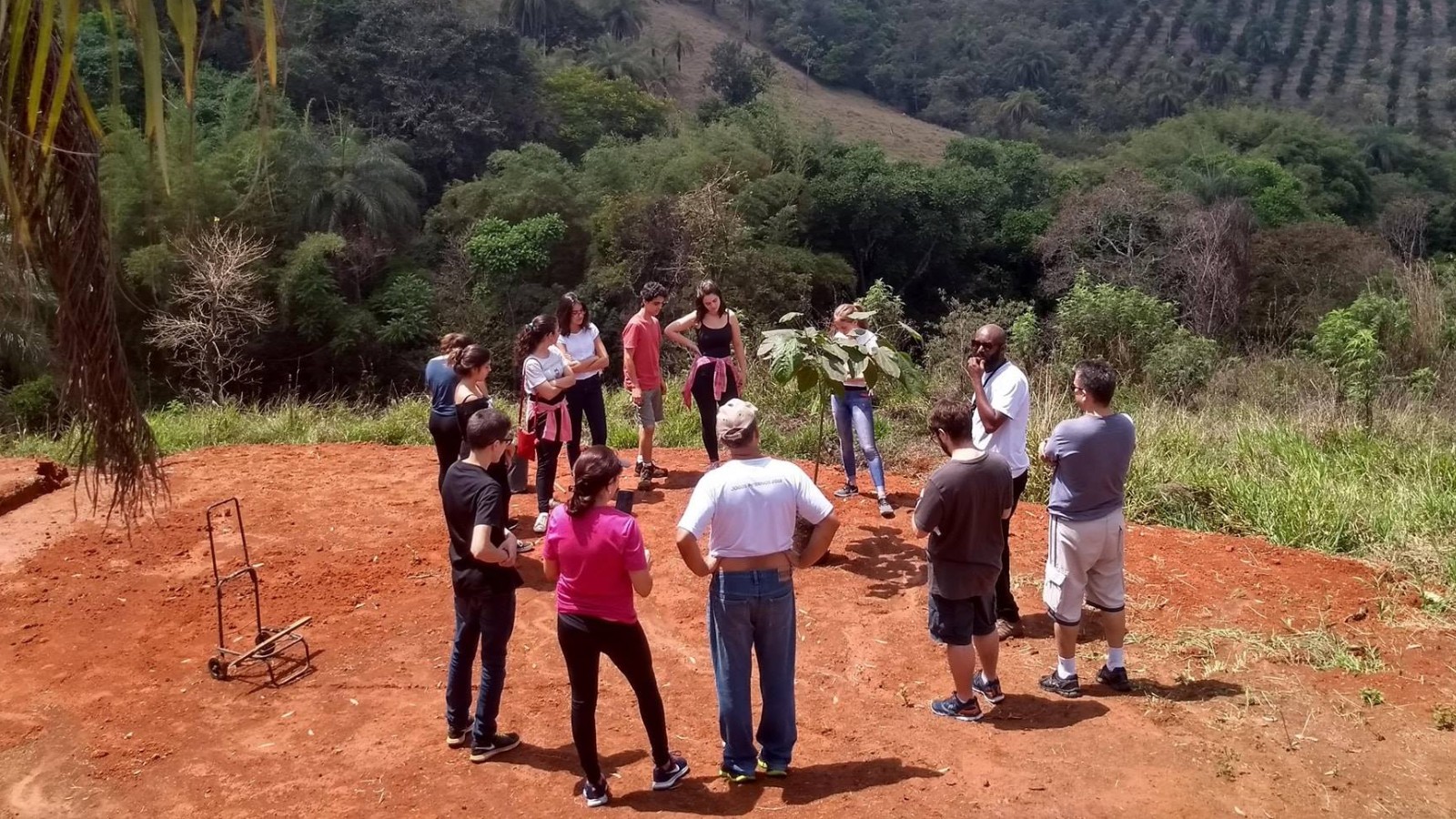
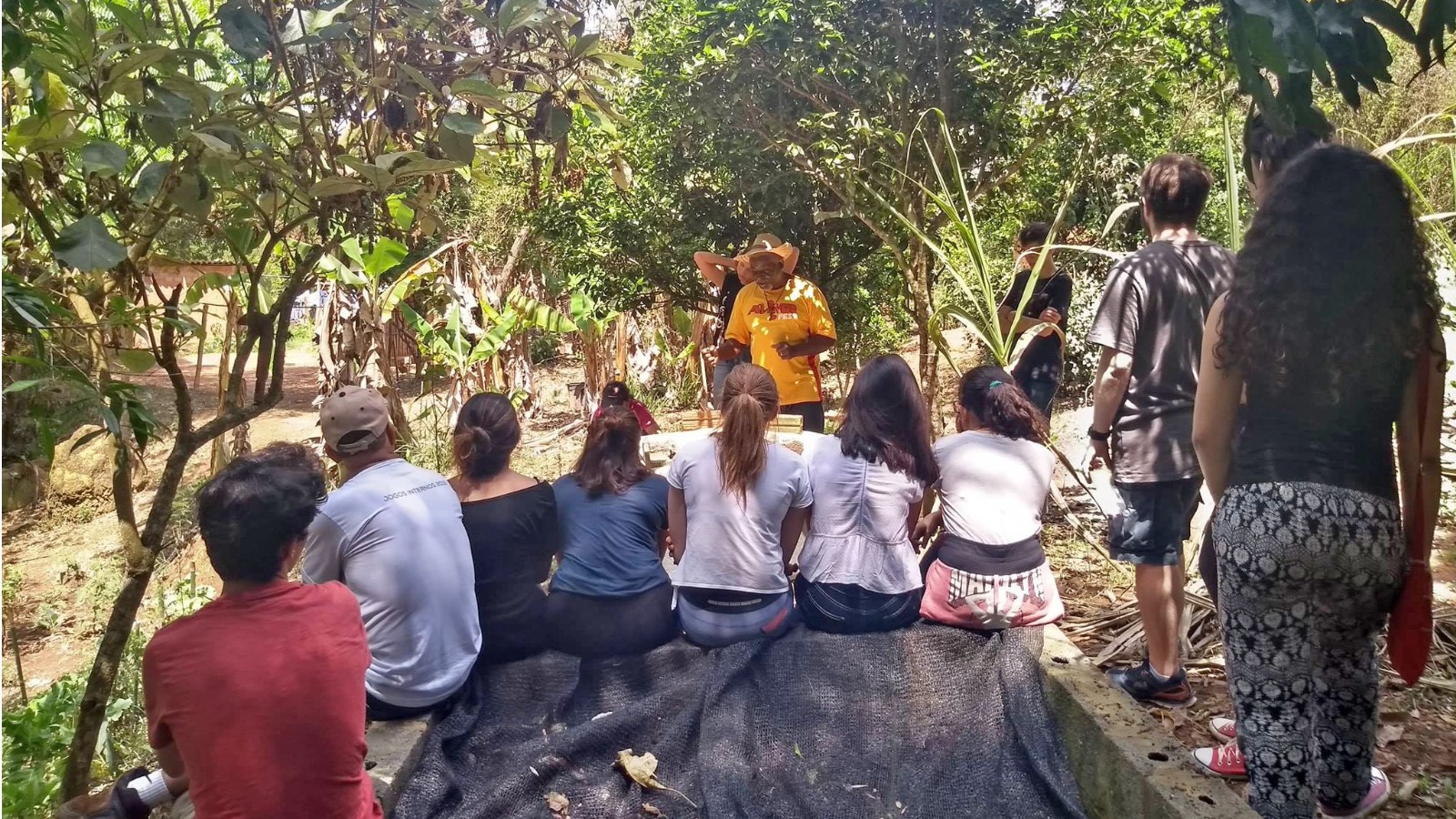
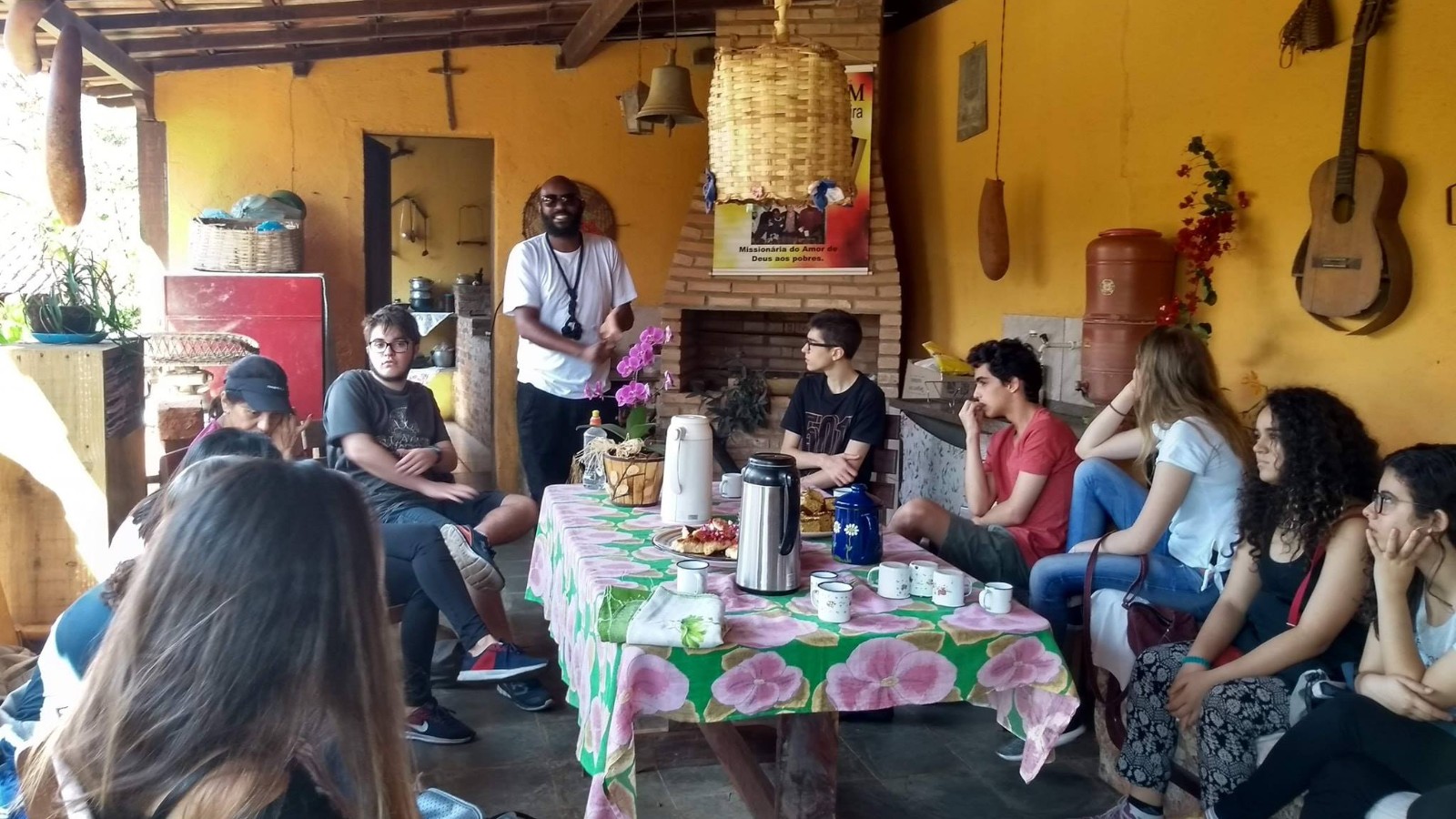
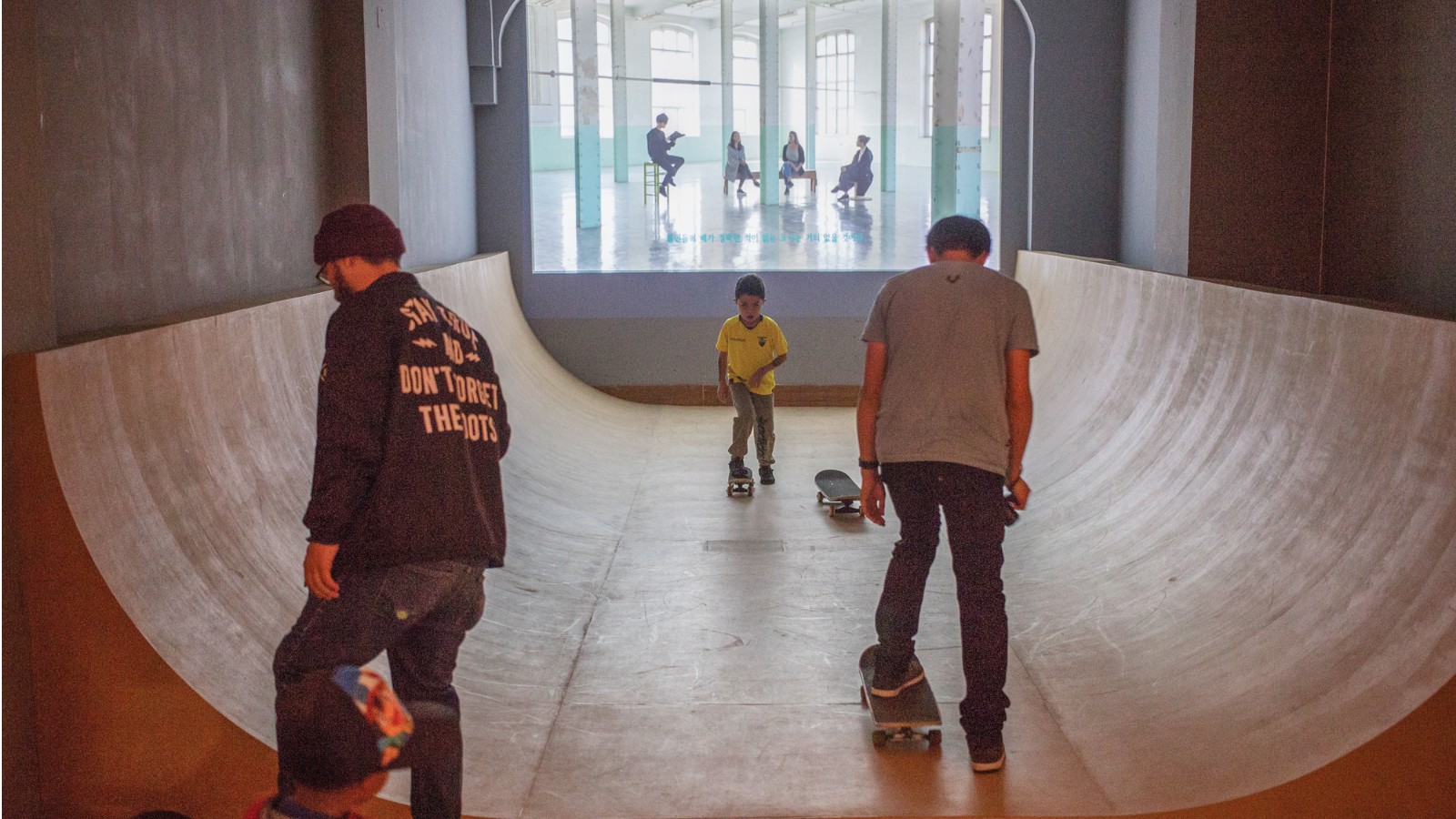
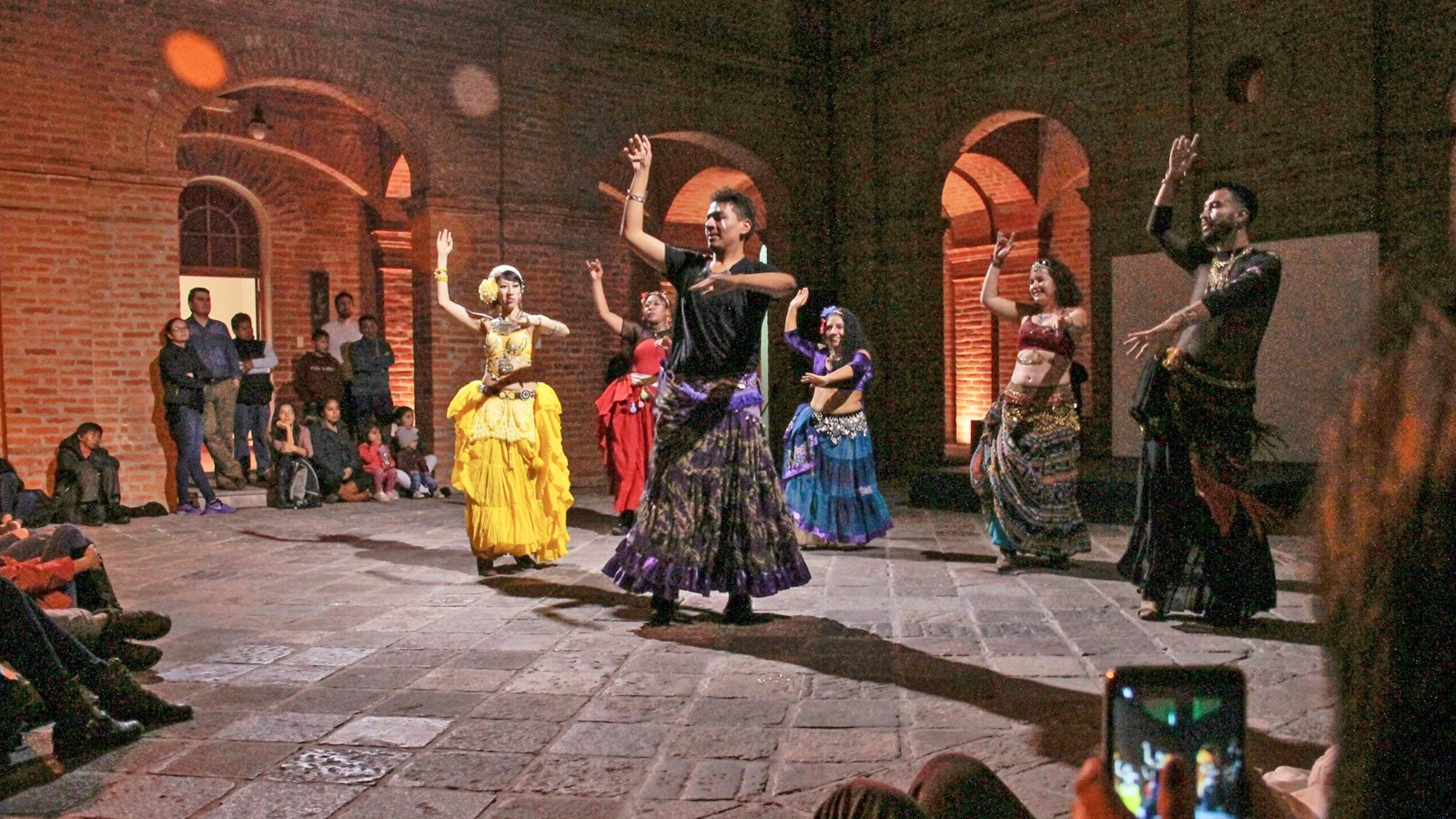
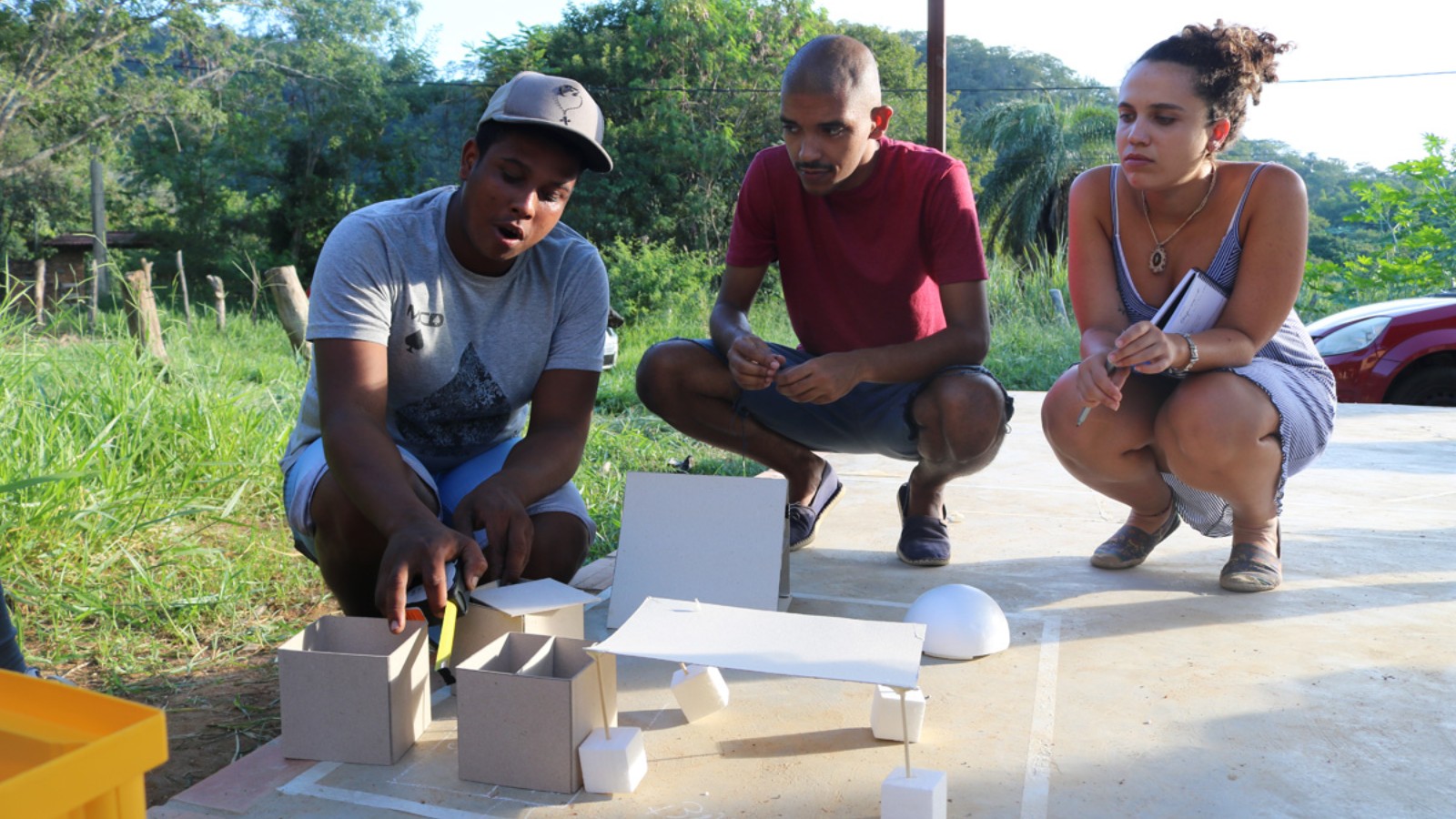
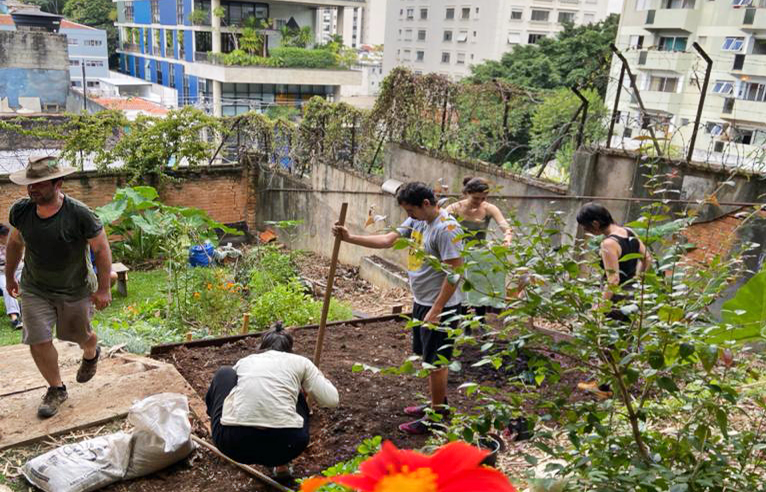
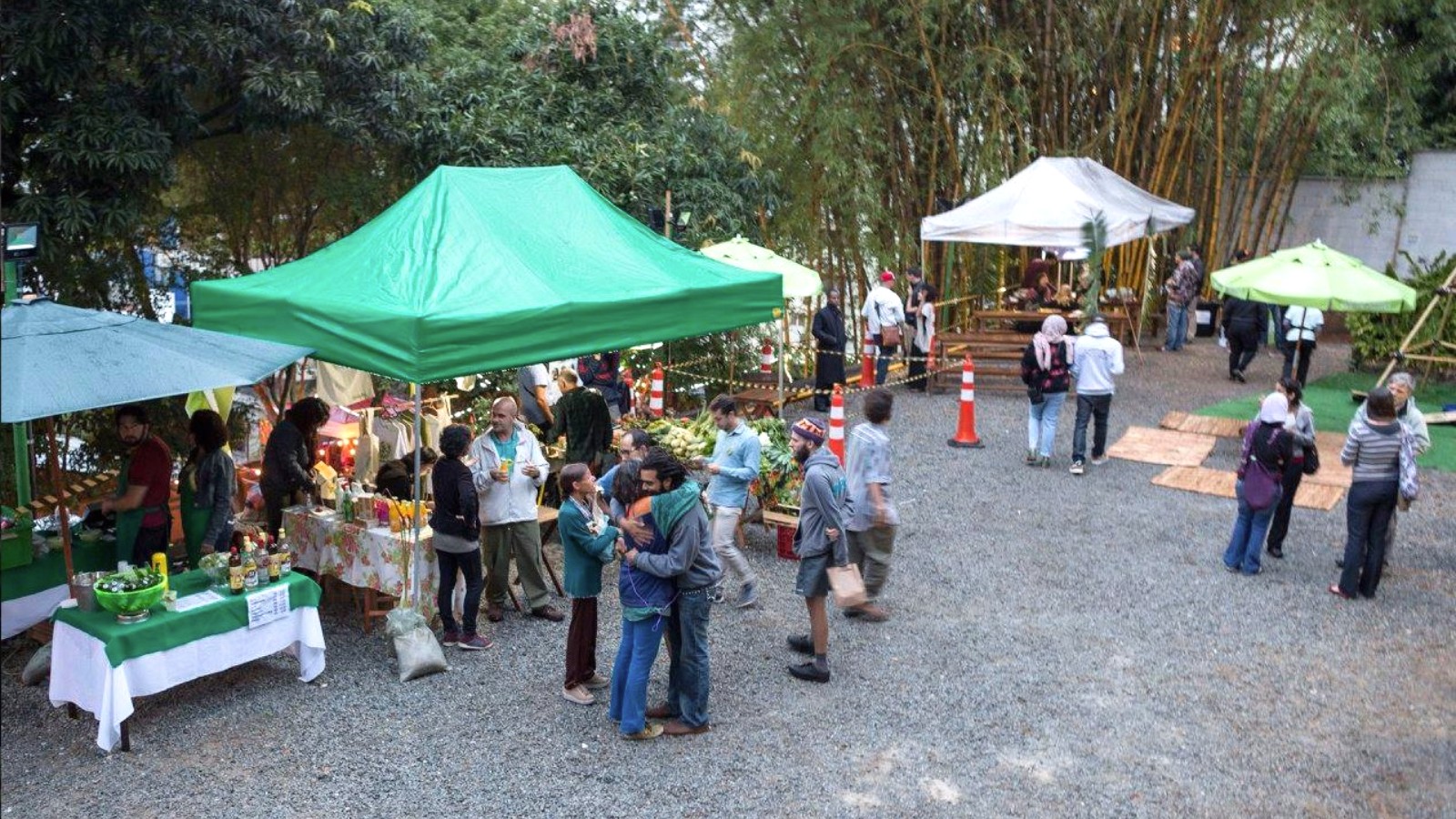
There are no comments for this content yet.
similar content

